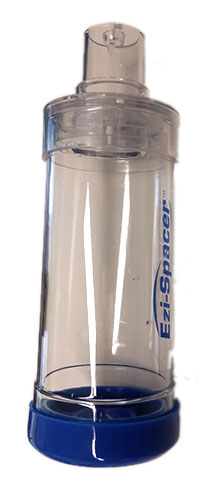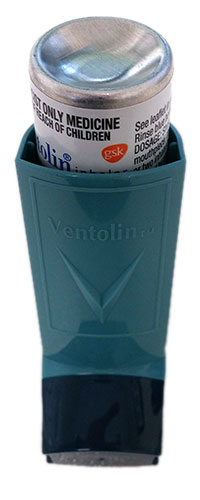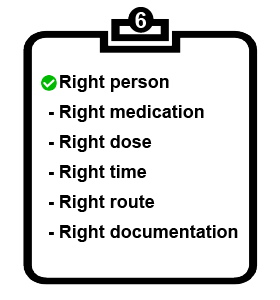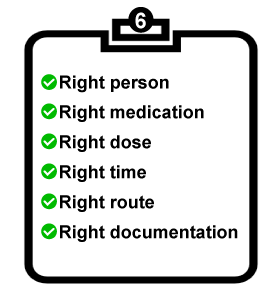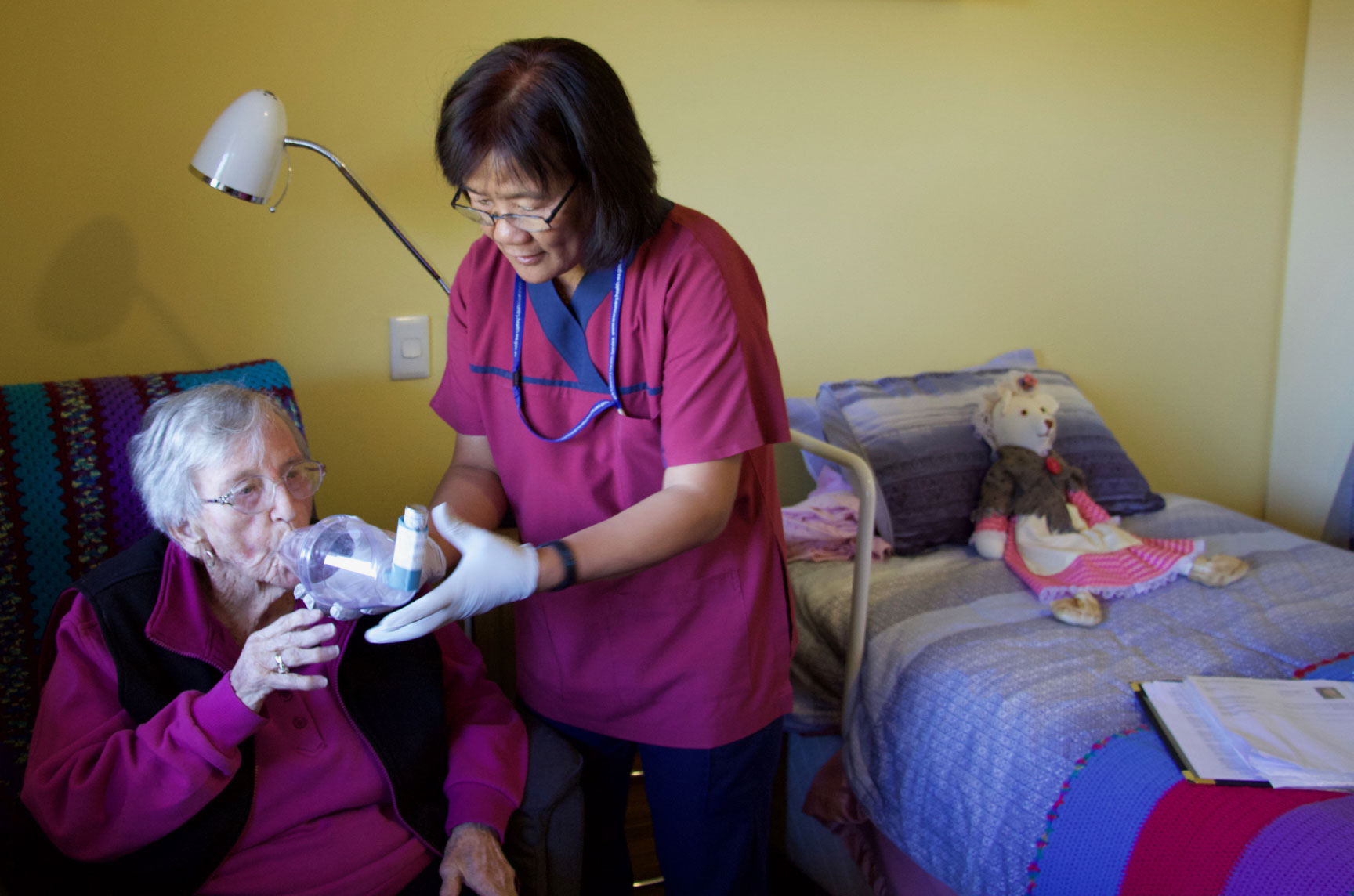Phyllis
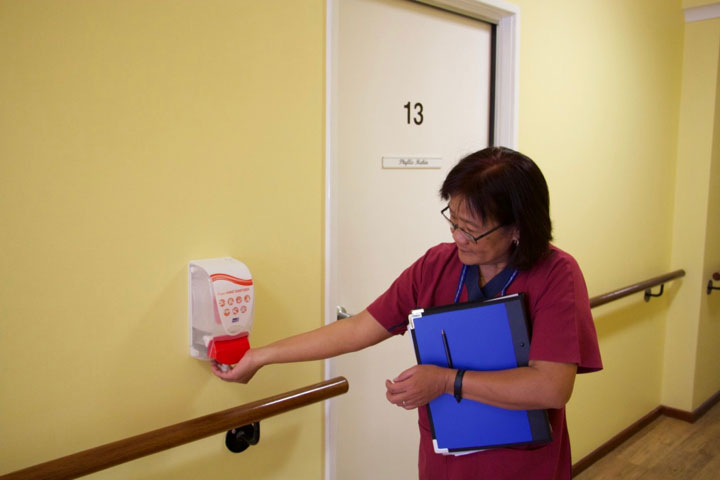
Jamie goes to see Phyllis after breakfast.
Check for any signs of deterioration
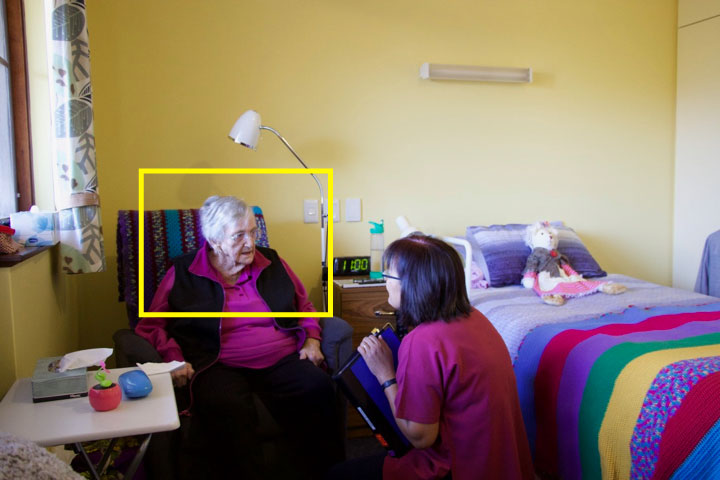
Jamie enters Phyllis' room. Jamie asks Phyllis how she is.
Click Phyllis to check for any signs of deterioration and to check how she responds.
Gain consent

Jamie gains consent from Phyllis to assist her with her medication.
Right person

Jamie checks Phyllis' photo and name on her identity form.
Click Phyllis to see how she responds.
Right medication
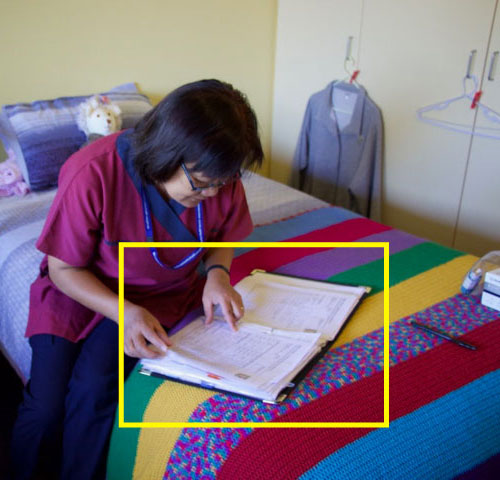
Jamie takes Phyllis' puffer and spacer and checks her documents.
Click the medication record Jamie is checking.
If today is Tuesday 3rd July, when was Phyllis' last dose?
MDIs
Phyllis' medication is to be delivered via Metered Dose Inhaler (MDI)
Which of the devices shown is an MDI?
Right dose
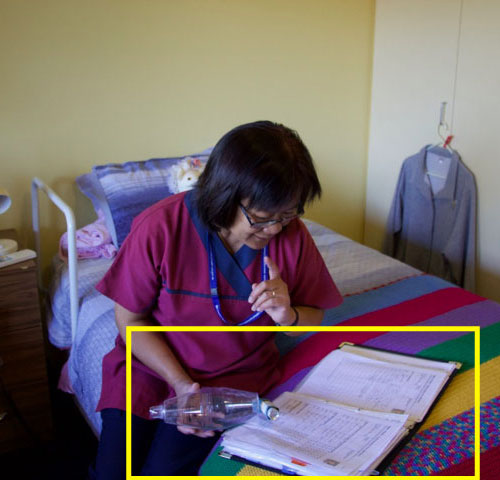
Jamie compares the dose on the puffer to the medication order and notices something unusual.
Click the medication order and the puffer to compare the instructions given on each one.
Is the dose on the label the same as the dose on the medication order?
Jamie calls in the RN

Jamie calls in the RN.
Hmm. Let me chase that up with the pharmacist.
Follow the instructions on her chart for now.
And remind Phyllis to rinse her mouth out after you give her the dose.
Empty inhaler
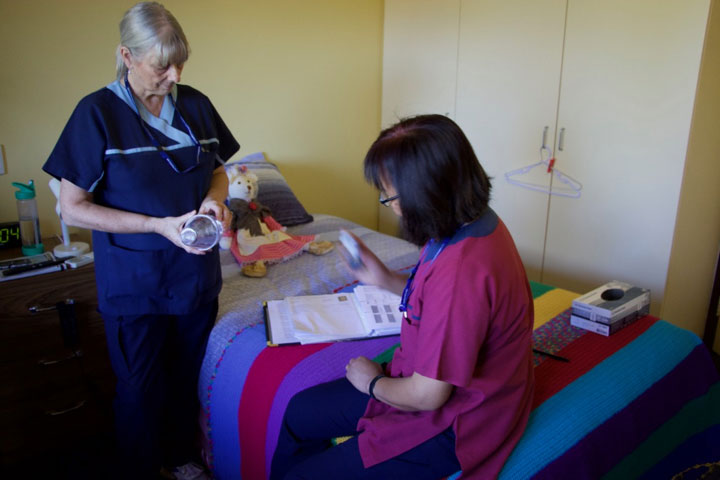
Jamie also tells the RN that the inhaler is nearly empty.
Hand hygiene

Jamie gets ready to assist Phyllis with her medication.
Jamie performs hand hygiene and is about to assist Phyllis to use a puffer and spacer.
Steps for using an inhaler

Jamie now assists Phyllis with her puffer and spacer.
Steps for using an inhaler depend on which device you are using.
Click the checklist button above to see the steps for the device you are using. You can print this checklist for future reference.
Right documentation
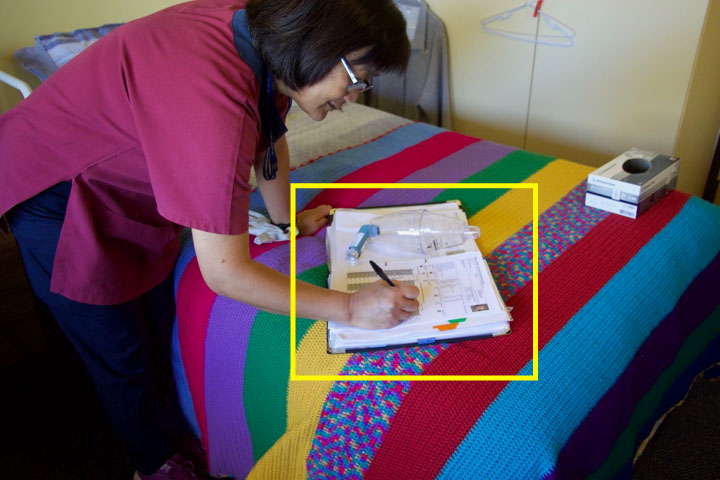
Jamie performs hand hygiene again and signs the signing sheet.
Click on the folder to see where Jamie needs to document Phyllis' medication.
Washing the spacer
Jamie replaces the puffer.
Does the spacer need to be washed every time it's used?
Hand hygiene

Jamie performs hand hygiene again before leaving the room.
You are now ready to start your assessment for this case study.
Question 1
Take another look at Phyllis' medication order.
Which route must be used to administer Seretide?
Question 2
The label on Phyllis' puffer stated one puff twice a day, whereas the the medication order stated two puffs twice a day.
What should you do if the instructions on the puffer don't match those on the medication order?
Question 3
How would you help a resident who is having trouble self-administering their (MDI) puffer?
Question 4
The next day Phyllis reports that her throat became irritated after using the inhaler.
What should Jamie do?
Question 5
What should you do if you notice a resident's inhaler is nearly empty?
Congratulations
Congratulations
You have successfuly completed Medication Assistance (For the Unregulated Health Care Worker) - Inhalation medication (MAURc EL2).
You can now close this tab and start Eye medication when you are ready.
You can now start the next module: Eye medication when you are ready.
You might also like to:
- Explore the resources and further reading;
- Complete the short evaluation of the module - your feedback is appreciated; or
- Launch and complete the reflective practice activity tool - your feedback is appreciated; or
- Restart this module
 Device-specific checklists
Device-specific checklists
